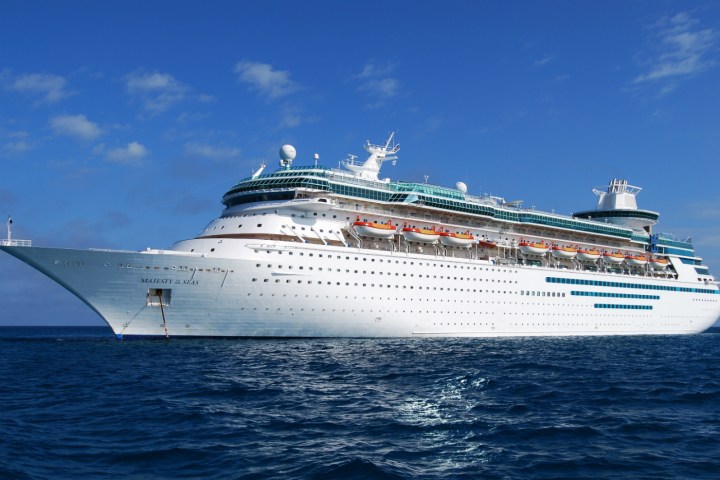
In the past, cruise ships were notorious for extremely high priced Wi-Fi with crawlingly slow speeds and stability issues. Cruise lines recently have acknowledged passengers’ desire for better, more affordable access while on the sea. Cruise lines have made a significant effort to improve on-ship infrastructure to provide better connectivity, according to CNN.
Norwegian Cruise Lines upgraded all 23 of its ships in July 2016 to a new faster Wi-Fi service called SpeedNet. Norwegian provides a number of plans for passengers ranging from 100-250 minute plans or an unlimited use plan. The smaller plans range from $75 to $125. The unlimited plan is $30 per day for a 12-day cruise, and $25 per day for trips lasting 13 days or longer. Regent Seven Seas Cruises, owned by Norwegian, offers SpeedNet to passengers as a complimentary service.
Royal Caribbean cruise line’s Wi-Fi service is called Voom, and is fast enough to stream movies, videos, or music. It is also available on all 25 ships. Voom has a two-tiered plan offering. The first plan is $13 per day, and allows web and email access, but does not streaming. Its other plan costs $18 per day and allows access to streaming and video chat apps.
Carnival also offers tiered access through its WiFi@Sea service. Social media access costs $5 per day, email and web access is $16 per day, and full bandwidth including video calls costs $25 per day.
Other cruise lines offer pay as you go plans or charge based on data use, but will still keep you connected while on the ocean. Disney, P&O Cruises, and Costa ships fall into this category, and you will likely pay more for connection on these lines. You will still stay connected if you are willing to pay out more.


